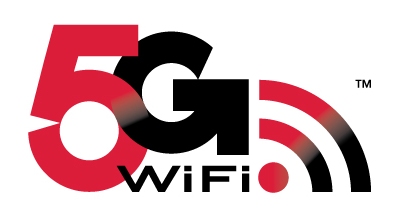
National Association of Broadcasters calls for Apple to switch on the iPhone feature you didn’t know you had

You probably didn’t know it, but there’s a FM radio inside your iPhone. It’s part of the wireless chip that provides the phone with WiFi and Bluetooth (the Murata 339S0228 chip, in the case of the iPhone 6). Apple has this functionality switched off, and the National Association of Broadcasters would like the company to switch it on, arguing that there are a number of benefits over streamed radio content.
Users could avoid expensive data charges and save battery life if they listen to the FM chip for free. Listening to streaming drains your battery three to five times faster than listening to the exact same content on the FM chip [and] it’s a critical resource in an emergency.
FEMA Administrator Craig Fugate agrees, reports NPR, saying that major emergencies like Superstorm Sandy can overwhelm cellphone systems, leaving users unable to receive emergency information.
While NAB makes it sound like Apple could simply issue an iOS update to flick the switch, Reddit user theninjaseal says that it isn’t that simple.
What we’re missing is an appropriate antenna and an amplifier chip dedicated to driving that antenna. Unlike the murata chip that doesn’t take up any extra space, those things would take up extra space in the phone.
However, a headphone cable could potentially act as the antenna, and YouTube user Gerald Alanis has successfully accessed the chip on a rooted Android phone.
But there are a lot of other concerns like interference and more realistically adding the type of hardware that would give an Apple-like sound quality might make the phone a lot bigger than Apple wants it to be.
The call may be a little late, coming the week that the first country has announced that it will be switching off FM broadcasts from 2017, as Norway reports that listeners have switched to DAB and online streaming.
Is FM radio a function you’d ever be likely to use if it were available on the iPhone? Let us know your views in the comments.



